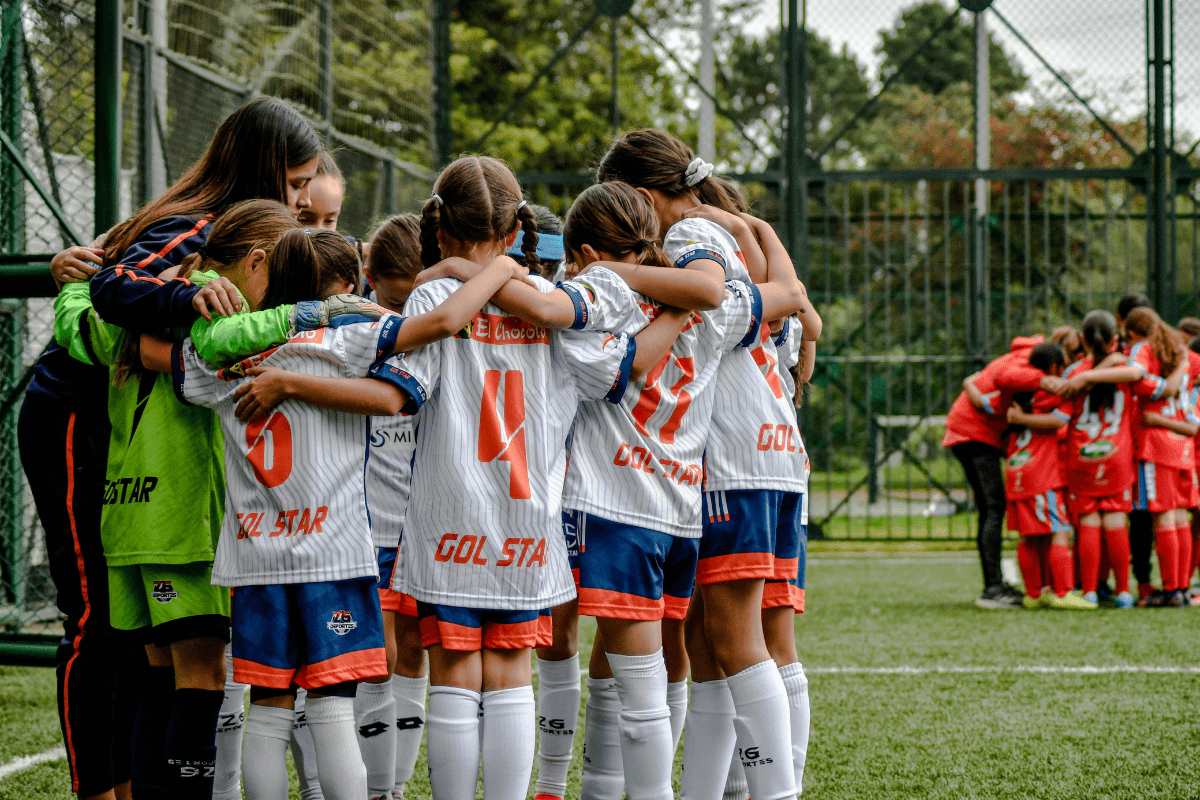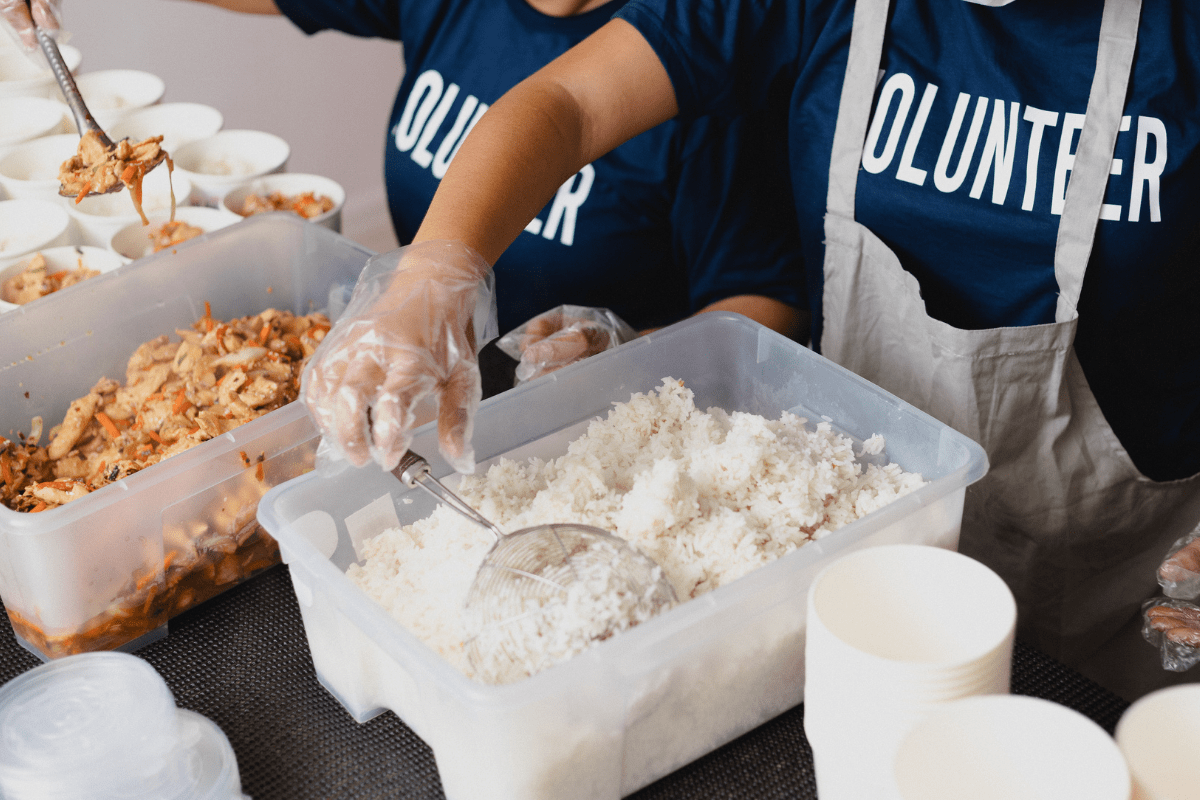So you're trying to find sports activities for your kids in Miami? Join the club… literally, there might be a club for that. Between the hundreds of programs scattered across Miami-Dade County and registration deadlines that seem designed by someone who enjoys watching parents panic, figuring out youth sports here can feel like trying to solve a Rubik's cube while stuck in I-95 traffic.
Understanding Miami's three-tier sports system
Miami's youth sports landscape operates like a restaurant menu with three distinct price points, and just like at restaurants, the cheapest option isn't always the worst. The foundation starts with free and low-cost county programs that serve as perfect testing grounds for kids who might abandon soccer faster than you can say "shin guards." These programs, including track and field at 32 locations serving 1,500 youth completely free (yes, actually free), give families a chance to explore interests without committing their entire vacation fund.
The middle tier brings us to club and travel teams, where costs jump to $300-800 per season and suddenly you're calculating whether your child's batting average justifies the gas money to tournaments in Orlando. These programs offer more intensive coaching and competitive play, perfect for kids who've moved beyond the "which way are we running?" phase of sports. At this level, organizations like Jr. HEAT basketball leagues provide legitimate pathways to higher competition, though your wallet might need its own athletic training to keep up.
The elite academy experience
At the top tier, specialized academies cater to serious young athletes whose commitment levels match their parents' credit limits. Programs like Miami FC Academy operating at USL Academy level represent the pinnacle of youth sports development, complete with tryouts, waiting lists, and price tags that make you wonder if they're teaching soccer or performing surgery. These academies often require five-day-a-week training schedules, which means your car will spend more time at Kendall Soccer Park than in your own driveway.
The beauty of this system lies in its flexibility. You can start with a $10 swim lesson at county pools and work your way up to Olympic training programs, or happily stay at the recreational level where the biggest competition is remembering which Saturday is photo day.
Registration: The sport before the sport
If youth sports registration were an Olympic event, Miami parents would dominate the podium. The secret to success lies in understanding the seasonal cycles that govern this chaotic universe. Fall sports running August through November typically open registration in April or May, offering early bird discounts that can save 10-20%… assuming you remember to register before you're distracted by end-of-school-year madness.
Spring seasons follow a similar pattern, with November and December registration for February starts. But the real competition happens with summer camps, where registration opens as early as February and popular programs fill faster than a Miami parking meter expires. Take Miami Beach's summer camp program: residents can register starting April 15 at exactly 10 AM for $803, while non-residents wait until May 5 and pay nearly double at $1,416. Yes, they expect you to be at your computer at 10 AM sharp, coffee in hand, credit card ready, like you're buying concert tickets for Taylor Swift.
Documentation requirements that would impress the DMV
Before you can even think about registration, you'll need to gather more documents than a mortgage application. The standard requirements across most programs include:
- Certified birth certificate (not a copy)
- Physical exam within one year
- Proof of insurance or waiver
- Emergency contact information
- Two forms of residency proof
Miami Beach takes it further, requiring specific residency documents from an approved list that includes utility bills dated within 30 days, lease agreements, or property tax statements. Some parents have joked about keeping a dedicated folder just for youth sports paperwork, but honestly, that's not a bad idea.
The registration platforms themselves add another layer of complexity. Miami-Dade County uses the Park Link online system, while private leagues often operate through TeamSnap or SportsEngine, each with their own quirks and password requirements that you'll inevitably forget by next season.
Major facilities: Where the magic (and traffic) happens
Understanding Miami's sports facilities helps you choose programs based on more than just the sport itself… like how far you're willing to drive during rush hour. The crown jewel of soccer facilities, Kendall Soccer Park, sprawls across 42 acres with five regulation artificial turf fields plus five mini fields. Operating from 7 AM to 11 PM, it's basically a small city dedicated to soccer, complete with modern amenities like Teqball tables and a mile-long walking path where parents pace while pretending not to coach from the sidelines.
Tropical Park's 275-acre campus serves as Miami's sports Switzerland, neutral ground where every sport coexists peacefully. With over 1.5 million annual visitors, it features a 7,000-seat stadium, 12 lighted tennis courts, and an Olympic-size heated pool with 22 lanes. The park even houses the Muhammad Ali Boxing Center, though most parents are just boxing with the challenge of finding parking during weekend tournaments.
Community centers and specialized facilities
Beyond the mega-complexes, community centers provide neighborhood access points that save gas money and sanity. The YMCA's South Florida locations operate on membership models, offering everything from toddler gymnastics to teen basketball leagues. Jewish Community Centers like the 23-acre Alper JCC campus combine sports with cultural programming, featuring Jr. Olympic pools and tennis courts where your kid might learn a backhand and a Hebrew blessing in the same afternoon.
For Miami Beach families, the Scott Rakow Youth Center reads like a sports facility fever dream: ice skating rink, heated pool, bowling lanes, gymnasium, and fitness center all under one roof. Residents enter free while non-residents pay $11, making it cheaper than a movie ticket and significantly more exhausting for the kids.
The real cost of "affordable" youth sports
Let's talk money, because pretending youth sports are cheap is like pretending Miami traffic is pleasant. The average annual cost runs $1,016 per child, but that number hides more variables than a algebra textbook. Free county programs truly cost just $15 for registration if funded by The Children's Trust, making them genuine bargains. But once you venture into club territory, prepare for sticker shock.
Take soccer as an example. The Miami Athletic Club charges $2,500 annually for their competitive program, or $2,750 if you choose payment plans because apparently financial responsibility costs extra. Add uniforms ($200-400), tournament fees ($25-150 per event), and travel expenses, and suddenly you're looking at numbers that would make your accountant weep.
Hidden costs that sneak up like a defender
Beyond the obvious registration fees, youth sports come with hidden costs that multiply faster than Miami's population growth:
- Equipment replacement every season
- Gas for practices and games
- Parking fees at facilities
- Team photos you'll feel obligated to buy
- End-of-season parties and coach gifts
- Snacks for the entire team
- Extra laundry detergent (so much detergent)
- Replacing lost water bottles weekly
Financial assistance: Because kids shouldn't miss out
Fortunately, Miami offers more financial assistance programs than there are Cuban restaurants in Hialeah. The Children's Trust leads the charge, supporting free after-school and summer programs throughout the county with just that minimal $15 registration fee. For families enrolled in Medicaid, SNAP, or WIC, Every Kid Sports provides up to four payments annually per child for recreational leagues lasting four or more weeks.
All Kids Play offers substantial support with individual grants up to $350 per sport per session, available four times yearly with a $3,500 annual cap per child. Families earning less than 60% of state median income qualify for full grants, while those below 100% receive 50% assistance. The application process requires income verification but typically processes within two weeks… faster than most Miami construction projects.
Local programs with heart
Many local organizations maintain their own assistance programs because they understand that talent doesn't always come with a trust fund. Miami Beach offers financial aid for qualified residents who email [email protected] with documentation. Some AYSO soccer regions operate on a "pay-what-you-can" honor system that actually works because most parents realize karma applies to youth sports too.
Equipment costs can be slashed by 30-70% through Play It Again Sports locations, end-of-season team swaps, or donation programs run by local Optimist Clubs. Pro tip: kids grow so fast that "used" often means "worn twice before they outgrew it."
Safety first (even if winning is fun)
Florida's new requirement for Level 2 background checks for all youth coaches by 2026 represents progress, though parents should verify current compliance because bureaucracy moves at its own pace. Quality programs maintain coaches with CPR and First Aid certification, clear concussion protocols, and proper equipment standards… basically, adults who take "it's just a game" seriously when it comes to safety.
According to safety ratings, swimming ranks safest at 9.1/10, which makes sense since drowning coaches tend to get reported quickly. Track and field scores 8.2-8.4/10, while football sits at 3.9/10, surprising exactly nobody who's watched tackle football. Ironically, cheerleading shows the highest catastrophic injury rate despite being non-contact, proving that gravity doesn't play favorites.
Red flags to avoid
Watch out for programs exhibiting these warning signs:
- Win-at-all-costs mentality in ages 6-10
- Coaches encouraging playing through pain
- Year-round single sport focus before age 12
- Excessive travel for young athletes
- Poor communication with parents
- High coach turnover rates
- No written emergency plans
- "Elite" programs for kindergarteners
Popular sports and activities across Miami
Soccer dominates Miami's youth sports scene like cafecito dominates morning routines. With the county's 69% Hispanic population, futbol culture runs deep, offering programs from recreational Miami-Dade Soccer League to elite academies preparing kids for professional contracts they'll probably never sign. But hey, dreams are free.
Basketball follows closely, aided by the Jr. HEAT's extensive partnerships throughout the county and the necessity of indoor facilities during summer months when outdoor courts could double as cooking surfaces. Programs like 305 Sports Basketball Academy operate across six locations, ensuring no child has to travel more than Miami traffic allows to find a hoop.
Beyond team sports
Individual sports thrive in Miami's climate, with tennis programs at 50+ locations offering 200+ courts… though finding available court time at popular facilities requires persistence rivaling a detective investigation. Swimming programs start as young as age one at facilities like Miami Springs Aquatic Center, where toddlers learn water safety while parents learn patience.
For kids who prefer arts to athletics, options abound. Dance Empire offers everything from ballet to hip-hop starting at age two, while Let It Beat Music School boasts Grammy Award-winning instructors who probably won't make your kid famous but will definitely teach them proper scales. Even STEM camps at University of Miami provide alternatives for children who'd rather code than kick.
Survival strategies for sports parents
Success in Miami youth sports requires more strategy than the actual games. Start with free county programs to test interest levels before investing in equipment that'll gather dust faster than your treadmill. Register during early bird periods for those 10-20% discounts, and volunteer for additional savings… plus you'll get the inside scoop on which coach actually lets kids have fun.
For families juggling multiple children, choosing programs at the same facility saves gas, time, and what's left of your sanity. Look for sibling discounts that can reach 25-50% off, like Miami Beach's summer camps where the second child pays $401.50 compared to $803 for the first. Create carpooling arrangements early because Miami traffic waits for no practice schedule.
Budget for the hidden costs from the start. Factor in uniforms ($50-200), tournament fees, parking expenses that add up faster than your kid's growth spurts, and those end-of-season banquets where you'll spend $50-150 to watch your child get a participation trophy. Consider it an investment in memories… expensive, time-consuming memories.
Remember that Miami's youth sports scene continues evolving, with flag football growing as a safer alternative to tackle, lacrosse expanding in suburban areas, and individual sports attracting families tired of team drama. Technology now lets you register, pay, and communicate through apps, though it can't help you remember which field your kid's playing on this week.
The key to navigating Miami's youth sports maze? Stay organized, budget realistically, and remember that whether your child becomes the next Messi or just makes a few friends while learning to kick a ball, the journey beats sitting on the couch. Even if that couch sounds really comfortable after your third trip to Kendall Soccer Park this week.





